According to Russian laws (Labor Code, Tax Code, Federal Law No. 212), an employer must pay taxes for employees. And this applies to all companies and enterprises. It is thanks to this that funds are being transferred to the treasury. What taxes an employer pays for an employee is described in the article.
There are several contributions that are required to be paid for employees. Whether an employer pays taxes for an employee depends on his good faith. It is also checked by regulatory authorities. How much tax does an employer pay for an employee? The main ones are 4.
Personal income tax
This is the first answer to the question of what taxes the employer pays for the employee. PIT is a direct tax. It is calculated as a percentage of total income. Personal income tax is paid on all types of income received by citizens for the year. These include bonuses, fees, profits from the sale of real estate or other property, winnings, gifts, sick leave. Exceptions are cases when the fee is not calculated from profit.
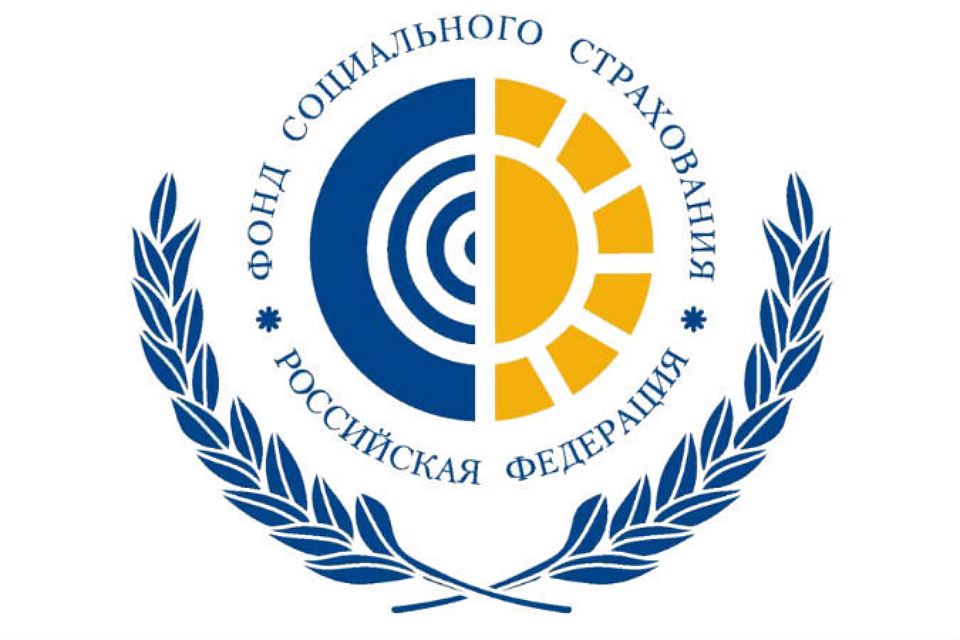
The basic rate is 13%. For some types of profit, other rates. The main share of the tax is transferred to the budget by the tax agent. The profit that was received due to the sale of property is declared independently. Although the employer pays the personal income tax, it is financially the responsibility of the employee. The fee is charged from the salary of all working citizens.
PIT is transferred to the treasury on the day of salary or other income. An exception is wages paid at the beginning of the month. On the date of advance payment, personal income tax should not be withheld. The advance is taken into account in the final settlement with the employee. Employee income tax is levied in the case of formal employment.
FSS deductions
What other taxes does the employer pay for the employee? These are social insurance fund fees. Distributed funds give citizens the right to receive benefits in some cases. For example, with:
- Disabilities.
- The loss of the breadwinner.
- The appearance of the baby.
- The onset of retirement age.
Payments are received by poor and large families. Compared to personal income tax, deductions are paid not by employees from salaries, but by employers. With the calculation of staff salaries, the company must calculate the percentage for contributions to the FSS a specific amount. An employer should send funds to funds on time. Otherwise, due to untimely deductions, it is necessary to pay fines.
Deductions are:
- Actual.
- Conditional.
Actual deductions mean that they are paid to a third party. These deductions include state and non-state funds. Today, taxes paid by the employer for the employee are transferred to the FIU, as well as for medical and social insurance.
The income from these contributions goes to benefits in case of accidents during a person’s labor activity. They are then provided by social funds. Contingent contributions do not involve a third party; they are used to provide the employer with a decent standard of living for employees who are dependent on injury. To determine the amount of deductions, you need to apply the actual value of payments made in the previous year. Dependent persons are entitled to:
- Benefits provided after accidents.
- Compensation for non-pecuniary damage.
- Payments for childcare.
- Benefits to employees during the reduction.
Today, deductions make up 2.9% of the salary level. Since not all employers are honest, therefore, payment evasions are often found.If, when retiring, the employee reveals that he worked under an employment contract, but the employer did not contribute funds to the fund, even if an unscrupulous employer came across, the employee will still receive a pension.
How is the amount calculated in the FSS from accidents? First, the calculation of the amount of contributions for employees who are registered in the institution receiving wages. Then, funds from citizens working temporarily in the organization, but with whom a civil law contract is concluded, are added to the amount.
The amount of benefits paid in the reporting month to FSS employees is deducted from the entire amount. Accident insurance charges are calculated as a percentage - 2% of the salary.
The timing
The payer of this fee (employer) makes it at the end of the reporting period. For employers, the following time frames apply:
- 12 months to 31.12.
- A month before the 15th day that follows the reporting one.
Contributions to insurance against injuries at work are accrued monthly on the dates established for receiving salaries for the past period from the bank. During the transfer of fees, the employer should not make mistakes in the BCC, in the name of the company, bank. Otherwise, the obligation according to the payment is not fulfilled.
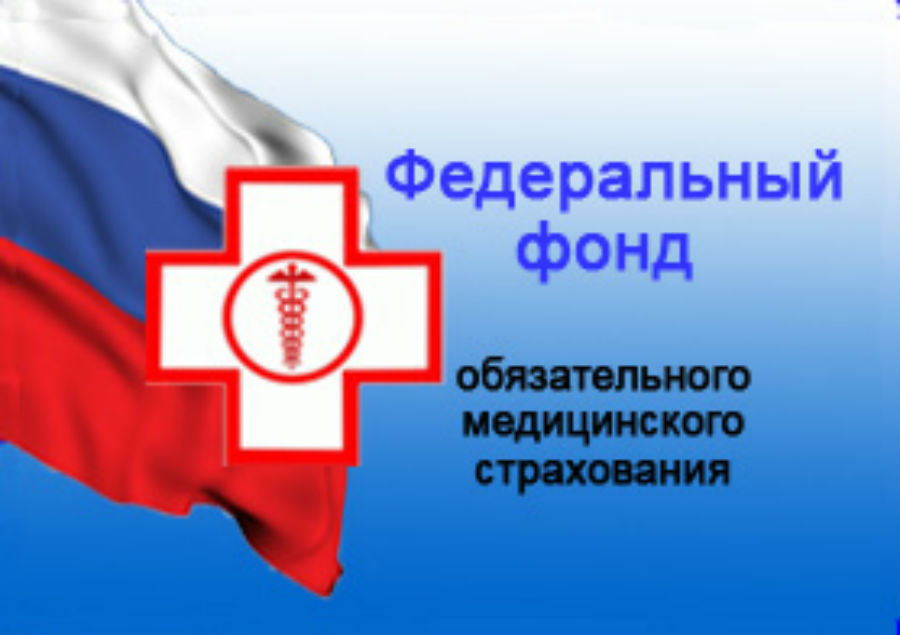
If the deadline, when it is required to make fees, is non-working, then payment is transferred to the next worker. But the rule does not apply to all contributions. For example, payment for injuries is provided in advance: if the last day was a day off, then payment is made on a business day close to a non-working day. For each employee, accounting of fees is carried out individually. It is important to timely pay taxes paid by the employer for the employee. Otherwise, you will need to pay 5% of the amount.
FIU
What taxes does the employer pay for the employee, except the main ones? Contributions are determined by salary level. Taxes are paid if a person works on a permanent job, in combination, as well as on the basis of urgent labor agreements. What is the amount of taxes per employee? He is 22% of the salary. Pay fees to the FIU.
FFOMS
Calculation of taxes for the employee is carried out according to regulatory documents. The contribution to the compulsory health insurance fund is 5.1% of the salary. These funds are transferred to free medical care.

What determines the size?
The amount of contributions depends on the category of taxpayer and the total amount accrued to the employee for the reporting period. In percentage terms, the amount of contributions is as follows:
- FIU - 22%. Additional fees may be set, it all depends on the danger. The organization must be notified of this.
- FSS - 2.9%. This fund funds are accrued for accidents. The amount of contributions is removed individually for each of the organizations, is determined by the type of activity. Find out the amount obtained from the notice sent by the fund to the legal address of the company.
- FFOMS - 5.1%.
As a result, how much does the employer pay taxes for the employee in 2017? The organization pays 4 payments for the employee.
USN application
If the organization conducts its activities under the special tax regime (STS) and is considered “preferential” by type of work, then the amount of payments will be different. To use the benefits, it is necessary to determine by codes whether enterprises belong to the types of activities indicated in Federal Law No. 212.

For institutions and individual entrepreneurs making payments for citizens, no payments are made to the FSS and FFOMS. They need to pay contributions only to the FIU at a low rate of 20%. An example of institutions that make a low fee to the FIU and do not make payments to the FSS, FFOMS:
- Education.
- Creation of sporting goods.
- Toy production.
- Building.
Limit amounts
All employers need to keep records of employee taxes. This is necessary not only for the correct calculation of the amounts. An employee needs to know how much payment is made to him. The reason for this is that the indicated rates apply to the specific limits of the salary transferred to the worker.
In 2018, in the FIU, if there are no benefits for the organization, 22% is charged. This should be done until all income is not more than 796 thousand rubles. Then the tariff for these funds is reduced by 2 times and is equal to 10%.
For calculating contributions to the FSS, a slightly different amount is determined. It is 718 thousand rubles. After the transition of this bar fees are not charged. In 2016, there were changes in contributions to the FFOMS. Contributions are paid at 5.1%, no matter what the maximum amount. The same situation applies with contributions to the FSS for injuries. For beneficiaries applying simplification, contributions to the FIU with a reduced tariff are not charged.
IP taxes
IP - a citizen carrying out business, but not forming a legal entity. For these citizens, contributions of specific amounts apply. Their size is determined by the level of the minimum wage of the Russian Federation. In 2016, this indicator amounted to 6675 rubles. The rates were as follows: PFR - 26%, FFOMS - 5.1%.
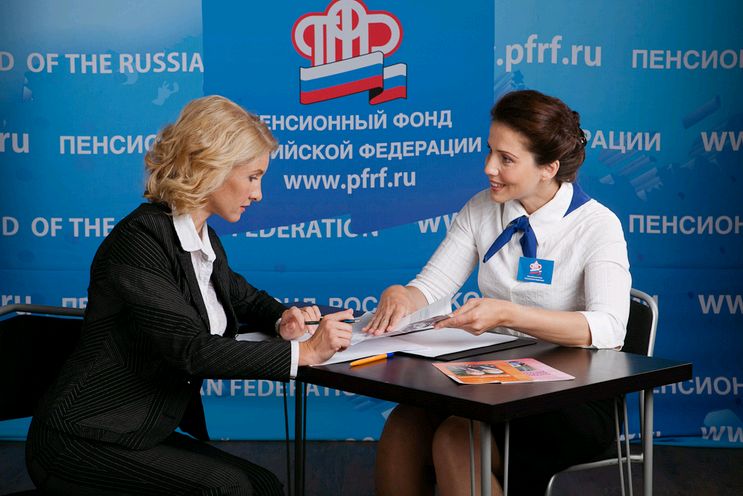
There are no contributions to the FSS. If it is true to calculate, then for a year the entrepreneur pays 20826 rubles for the Pension Fund for himself and 4085 for FFOMS. The maximum amount is set for the individual entrepreneur: when profit reaches 300 thousand rubles and if it is exceeded, 1% is paid in PFR and FFOMS.
What are the deductions for?
Taxes paid for employees are spent on 3 main areas:
- On a pension paid by the state.
- Free service in state medical institutions.
- Benefits for sick leave, maternity, injuries.
Tax reduction
According to the Tax Code of the Russian Federation, groups of deductions are established that the employee has the right to use when determining the amount of personal income tax:
- Standard. The amount and number of deductions is determined by the number of children and the benefits of the employee category.
- Social. It provides an opportunity to reduce the size of the base for treatment, education.
- Property. It is provided with the purchase of property.
- Investment. Valid for transactions with securities.
Obtaining a tax deduction for children will turn out with the provision of a birth certificate. Still need to write a statement. The following deductions are provided:
- 1400 rubles for the first child.
- 1400 - on the 2nd.
- 3000 - on the 3rd and following.
- 12000 - for each disabled child under 18 years of age or for education up to 24 years.
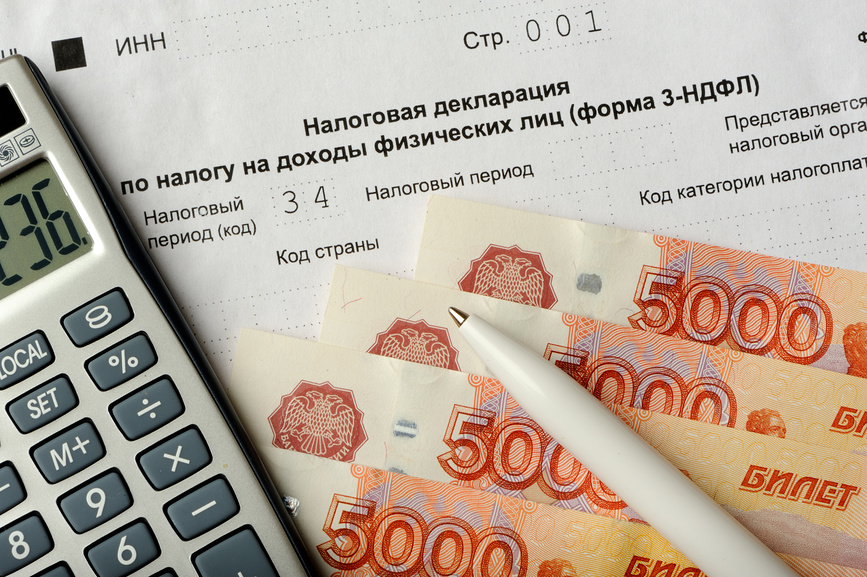
If the employee is a single parent, the deduction amount is increased by 2 times. For registration, the provision of supporting documents is required. The deduction amount is maintained even if the children born are up. For example, an employee has 3 children, but two already have 18 years old. But all the same, a privilege of 3,000 rubles for 3 children is laid until he reaches adulthood. A standard deduction is provided until the amount of income for the year is more than 350 thousand rubles.
Standard deductions per employee are:
- 500 rubles per month - to the Heroes of the USSR and Russia who participated in the hostilities, war veterans, blockades, people with disabilities (group 1, 2).
- 3000 rubles - for radiation sickness, for disabled people of the Second World War.
Terms of payment
Since 2016, there is 1 date when the employer needs to pay income tax on wages. It should be kept from the employee’s salary at the time of its issue, and it is necessary to transfer it the next day. It doesn’t matter how the salary is paid - in cash or by card.
But the exception applies - sick leave and vacation tax. It is paid at the end of the month when they were completed. Amounts can be combined and sent as a single payment order. This helps to collect personal income tax on vacation and sick leave and send them with one assignment to the budget.
Contributions sent by the employer must be credited by the 15th day of the month that follows when the salary was sent. If this date is a weekend or holiday, then the transfer is performed on the next business day.
Reports
All employers are required to compile reports for which salary amounts are information. There are:
- Help 2-PIT. A document based on the results of the year is drawn up for all employees.The certificate contains data on income, deductions, accruals and withholdings on taxes.
- Calculation of 6-personal income tax. It is provided quarterly for all company personnel. The document has 2 sections: the first includes data on income from the beginning of the year, and the second - for 3 months upon delivery.
- Calculation of insurance premiums. This form is new, it has been introduced since 2017. It is valid for the transfer of contribution management to the FTS and the abolition of RSV-1. Provided for all employees at the end of the quarter.
- Report 4-FSS. He is being handed over in social services. The document includes information on the accrual and payment of injuries. Served at the end of the quarter.
- SZV-M report. It is provided to the PF of the Russian Federation monthly for employed persons. The document allows you to control who receives a pension, but works.
- SZV-STAGE report. The document is submitted to the PF every year. The first time it is served only in 2018. The report contains information about employees, including those executed under GPC agreements, for the past year.
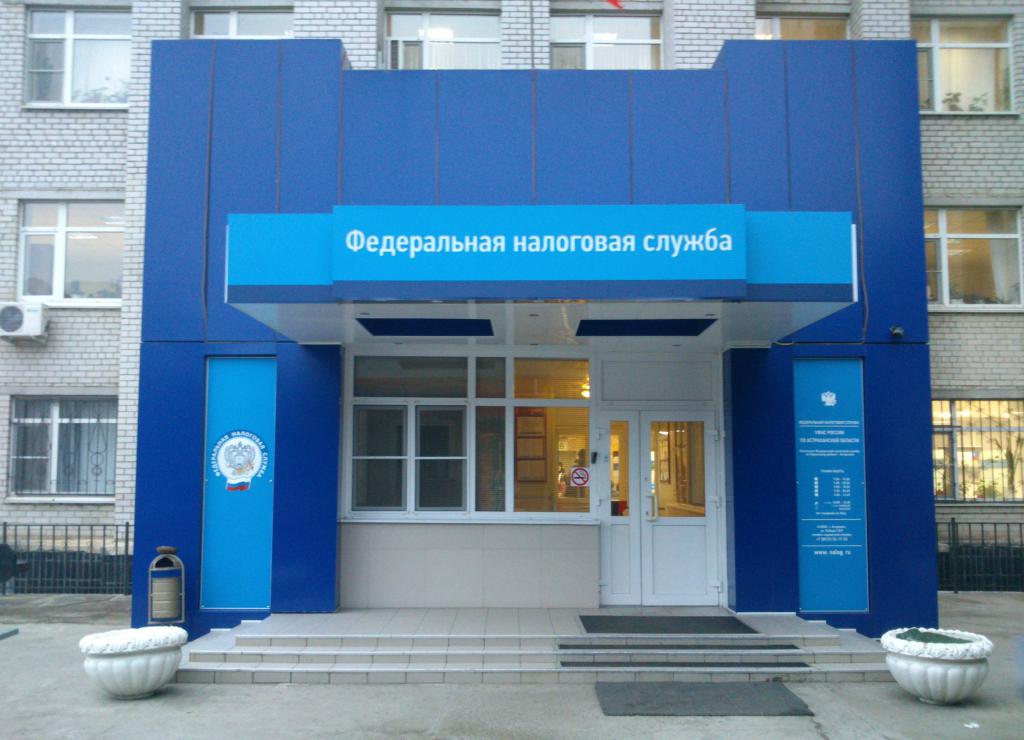
Thus, taxes for the employee must be paid to all employers. This is their responsibility. It is thanks to them that a pension is formed, people receive medical care. The state verifies this obligation through regulatory organizations.


